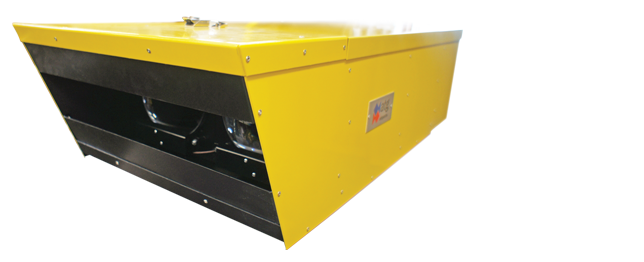The Precision Approach Path Indicator (PAPI) is a light system positioned beside the runway that consists of two, three, or four boxes of lights that provide a visual indication of an aircraft’s (fixed wing or rotor wing) position on the glidepath for the associated runway. The FAA standard for the PAPI is the same as the ICAO’s standard Visual Approach Slope Indicator.
The PAPI is usually located on the left side of the runway and can be seen up to five miles during the day and twenty miles at night. It has two or four lights installed in a single row instead of far and near bars that would be characteristic of Visual Approach Slope Indicator (VASI).


